Acoustics research
Making the world sound better for over 60 years
Acoustics and audio research has been conducted at University of Salford for over 60 years. Our research has fed into products that companies make and sell worldwide, as well as regulations and standards used in the UK, Europe and internationally. It is funded by research councils, national and international government bodies, and industry.
The centre brings research active staff together with a vibrant Postgraduate Researcher community, with staff and students receiving numerous awards for their research.
We have world-class acoustics laboratories: listening rooms, reverberation rooms, anechoic chambers, an accredited calibration laboratory and state-of-the-art equipment and instrumentation. Through the laboratories, we are able to bring much of our fundamental research into real life applications.
Whatever your industry, our team can make your projects sound better
The specialist commercial acoustics testing team at the University of Salford delivers innovative solutions in acoustic measurement, modelling, and development.
We operate as a commercial test house, delivering accredited standard testing and calibration services and, where needed, specialist bespoke testing in acoustics, audio, human perception, acoustic materials and vibro-acoustics.
We are supported by the Acoustics Research Centre, one of the largest established groups of acousticians in the world.
Acoustic Measurements
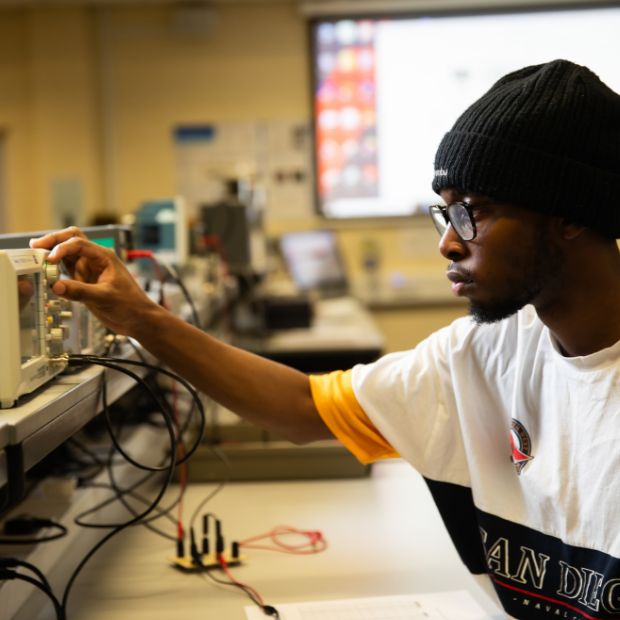
We have been conducting acoustic measurements at Salford since the late 1950s and there can’t be much in the way of acoustic measurements that we haven’t encountered during that time. Today, measurements are a major strength at Salford ranging from accredited standard tests and calibrations to novel bespoke methods and large surveys.
Our test laboratories are UKAS accredited to perform a number of standard tests. We also enjoy in-house expertise that enables us to develop specialist novel measurement methods in acoustics and vibro-acoustics which have been applied in the automotive, aerospace, marine, energy, architectural and building sectors.
We have extensive experience in large scale environmental noise and vibration surveys, and a range of specialist equipment to run major national and international measurement campaigns. We also have capabilities in atmospheric remote sensing through SODAR using specialist SODAR equipment.
Architecture and Building Acoustics
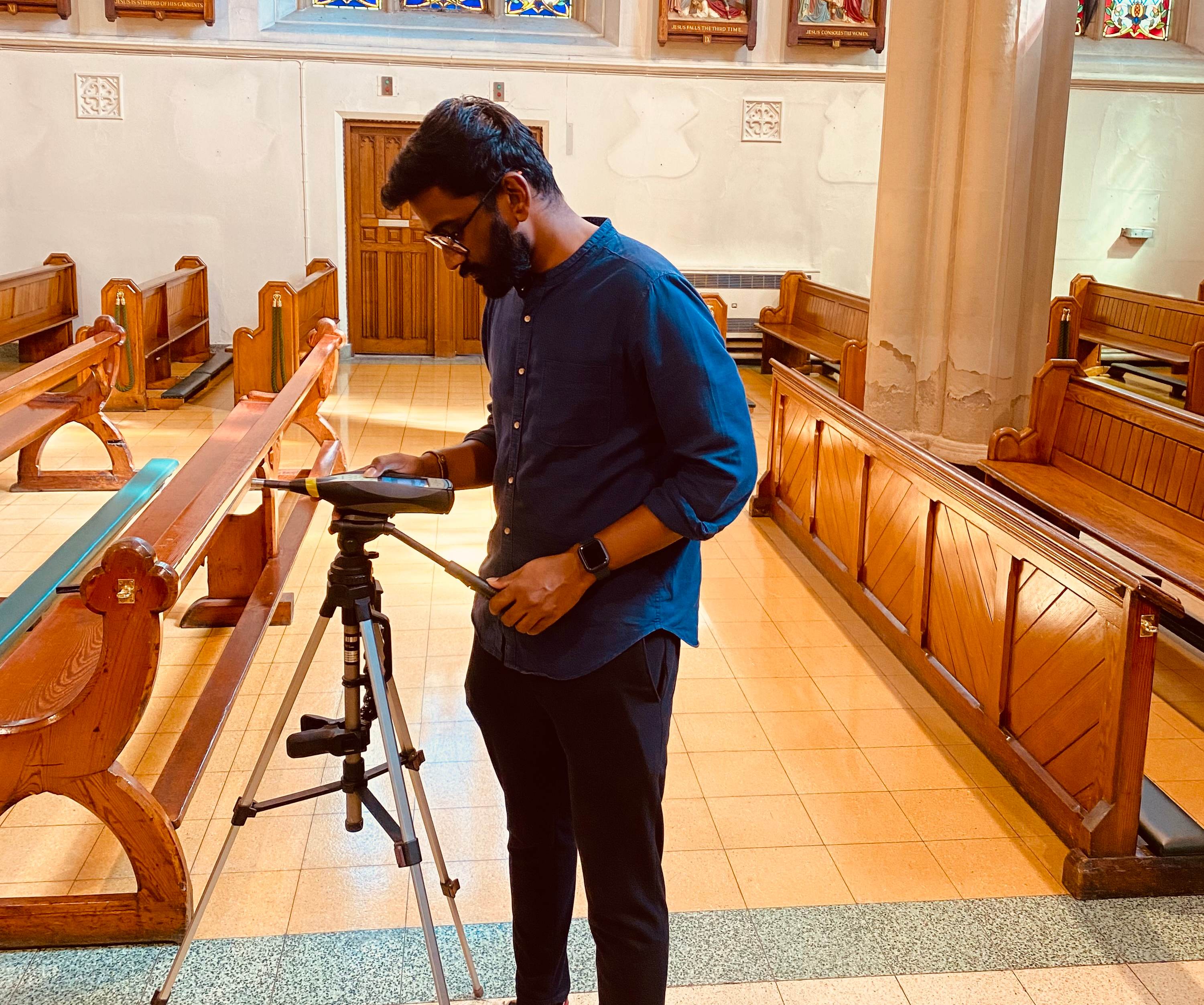
We spend about 90% of our time indoors, and consequently the acoustic quality of buildings is vital to well-being. This area of research looks at all different building types: theatres, recording studios, schools, homes, open-plan offices etc.
Our research:
- Reduces noise indoors to improve quality of life.
- Improves speech intelligibility of announcements to improve accessibility.
- Researches and develops absorbing and diffusing treatments for rooms.
- Creates new approaches for measuring and predicting how sound moves within rooms and buildings.
- Develops understanding of how people respond to sound, to inform high-quality architectural design.
- Creates new measurement methods incorporated into international standards (e.g. BS ISO 17497-2:2012; ISO 140-18: 2006 and BS EN 15657-1:2009)
We are also a test house for building acoustic elements and hold UKAS accreditation for many standard test methods.
Audio Engineering
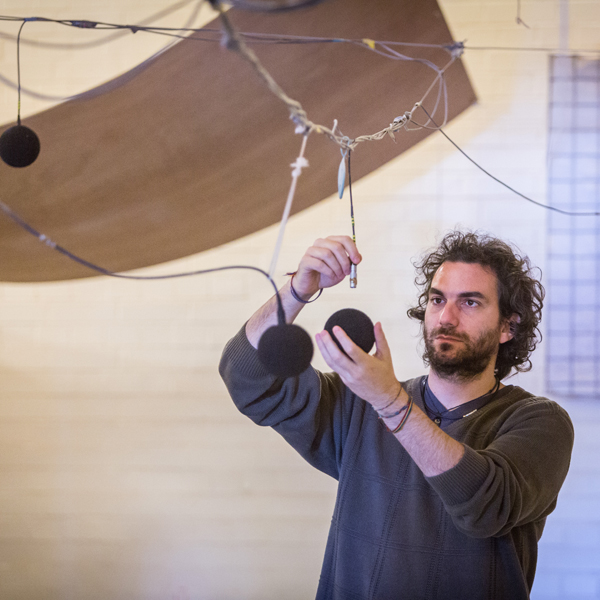
Digital signal processing, spatial audio and the perception of audio form an important part of our research. The University’s presence at MediaCityUK, alongside the BBC and other media, future media and broadcast organisations, creates an important driver for research. The research centre is a lead partner in the BBC’s Audio Research Partnership. We are also a test house and carry out commercial research for audio engineering companies.
Computer Modelling of Sound
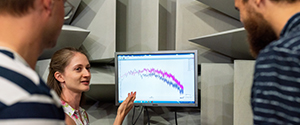
The ability to model a sound field accurate is fundamental to the understanding of the underlying characteristics of the sound and how the sound can be manipulated and controlled. The advance of computational technology, both in hardware and software, has enabled us to make great progresses in modelling ever more sophisticated sound fields in realistic indoor and outdoor environments.
The impact of works in this area can be seen in the design of acoustic performance spaces such as studios, concert halls and soundscapes in urban design; the development of novel and high performance acoustic materials such as sonic cloaks and active absorbers; and more effective control of noise such as novel noise barriers, metal cladding with high noise insulation, and active noise shielding technology.
At Salford we continue to be at the forefront of developing new techniques for modelling and sound, and the use of such modelling techniques to tackle pertinent practical acoustical and related problems. We have developed and used a wide range of numerical techniques for computer modelling, including (among others) geometrical methods, boundary element methods, finite element methods, finite difference methods, parabolic equation methods, and combinations thereof.
Environmental Noise, Vibration and Landscapes
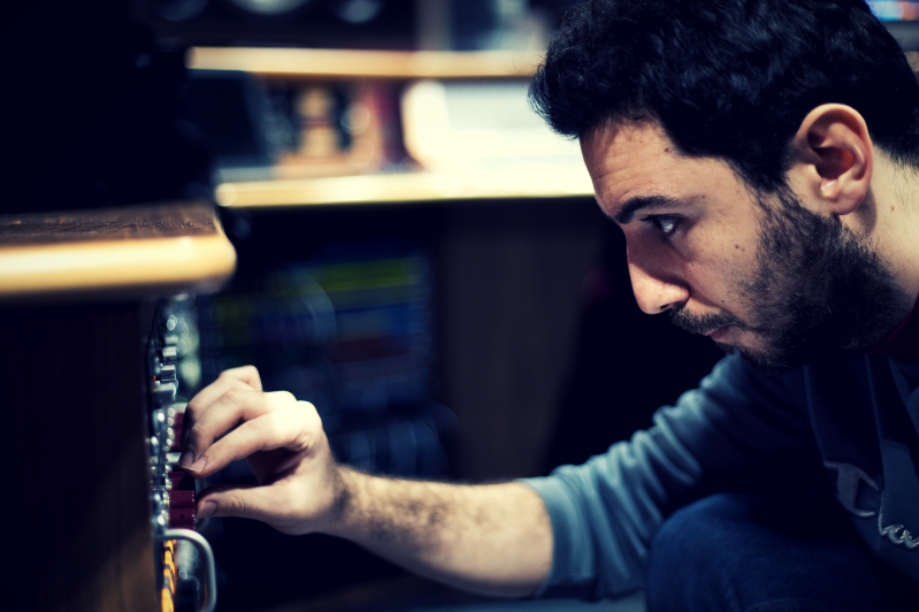
We have internationally recognised expertise in multidisciplinary aspects concerning environmental noise, vibration and soundscapes.The environmental noise and vibration research group has participated in National (Defra) and EU (EU FP7 CargoVibes project) funded projects investigating the human response to noise and vibration. This work resulted with the derivation of exposure-response curves for the assessment of annoyance due to noise and vibration and a guidance document on the evaluation of railway vibration.
Linked with the human response to noise and vibration, the group conducts analysis of situational, attitudinal, and socio-demographic factors in order to provide a better understanding of community annoyance response and to develop practical tools for cost effective management of operations.
As well as field related investigations, the group also conducts perceptual laboratory tests that lead to models for the prediction of annoyance based on objective features of sound and vibration. Moreover, there is an interest in machine learning and source identification as the railway comprises different sources (e.g. freight, maintenance, high speed). These results are expected to guide new future policy on railway noise and vibration mitigation measures.
Materials for acoustics
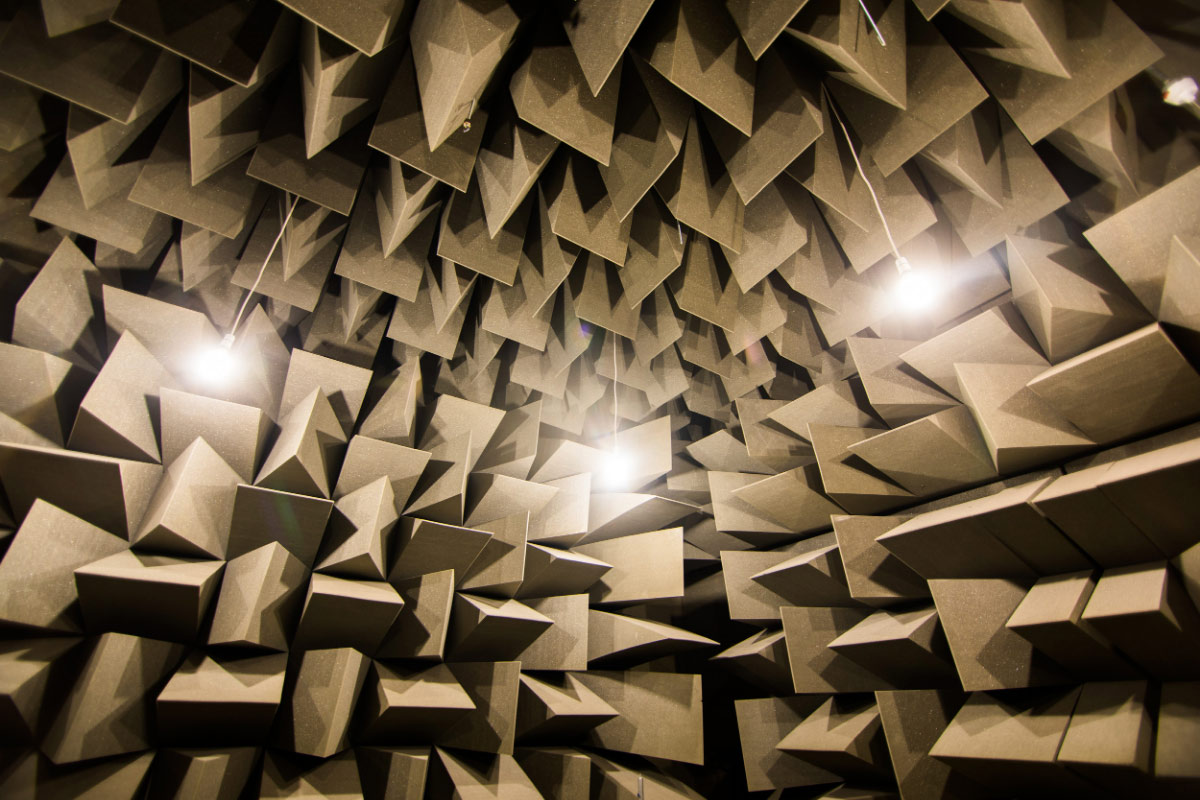
This area of research involves materials and structures for noise control and sound manipulation. Our research mainly concerns modelling, measuring and understanding sound interaction with porous materials, metamaterials and sonic crystals. We also carry out research on acoustic diffusers and materials for vibroacoustics. As well as doing testing and commercial R&D on acoustic materials for a wide variety of industrial sectors.
Our team’s work has contributed to original modelling and measurements for omnidirectional absorber of low-frequency sound (acoustic black hole) and membrane structures. Current research activities focus on resonant acoustic metamaterials and superlensing. membrane structures and resonant metasurfaces. Our current activities are focused on nonlinear properties of resonant and graded metamaterials for attenuation of high amplitude sound.
Psychoacoustics
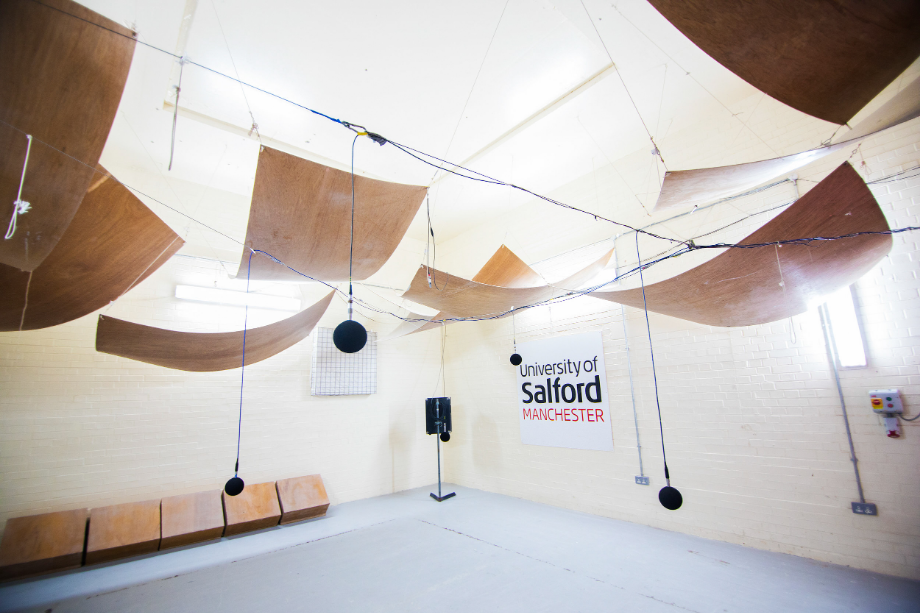
The goal of psychoacoustics is to understand how people perceive and experience sound. This can be at a low level; for example, we might want to understand how accurately you can locate a sound source, or we might want to measure the smallest change in sound level you can detect.
We can also work at a higher level; for example, we might want to understand the emotional response to sound in your everyday environment, or we might want to evaluate annoyance due to noise pollution. We carry out mainly high-level applied psychoacoustic research aimed at solving practical problems.
The results of our research are used in designing better environments, more appealing products and more effective regulation. We have done significant work on soundscapes, where we led a large project to characterise human perception of everyday sound and develop ways of improving the sound of the built environment. We have also worked to understand product sound quality: what makes one kettle sound more pleasant than another?
Vibro-acoustics
Vibro-acoustics is about the generation, transmission and radiation of sound from acoustic and vibratory sources, and lies at the interface of acoustics and structural dynamics. Our research covers many applications, including: automotive, rolling-stock, marine, aerospace, domestic products and building acoustics.
We specialise in developing and implementing novel measurement and modelling methods for vibro-acoustics. Our main research areas include:
- In-situ methods for characterising air-borne and structure-borne sound sources
- Developing virtual prototypes – computational models of assemblies that can be listened to before physical prototyping
- Characterisation of dynamic stiffness for vibration isolators and other resilient elements
- Transfer Path Analysis techniques for diagnostic testing
- Advanced measurement techniques
- Noise control
Public Engagement
We have been involved in numerous projects engaging school children, families and the general public. Our aim is to make people more aware of acoustic science and understand how acoustic engineering can improve their sonic environment.
Our extensive resources to support the teaching of sound within schools and colleges are available on our Science Resources for Schools and Colleges website.
Other projects have included:
- Building acoustics engagement: a touring, singing sculpture
- The search for the worst sound in the world: web and museum experiment
- Sound Around You (IMPRINtS): Surveying soundscapes using mobile phones
- Sound Matters: a range of PE activities mainly for 9-19 year olds
- Personal digistories about what inspired people to study engineering
Acoustics research

Explore our Acoustics research website to find out more about our recent projects.

